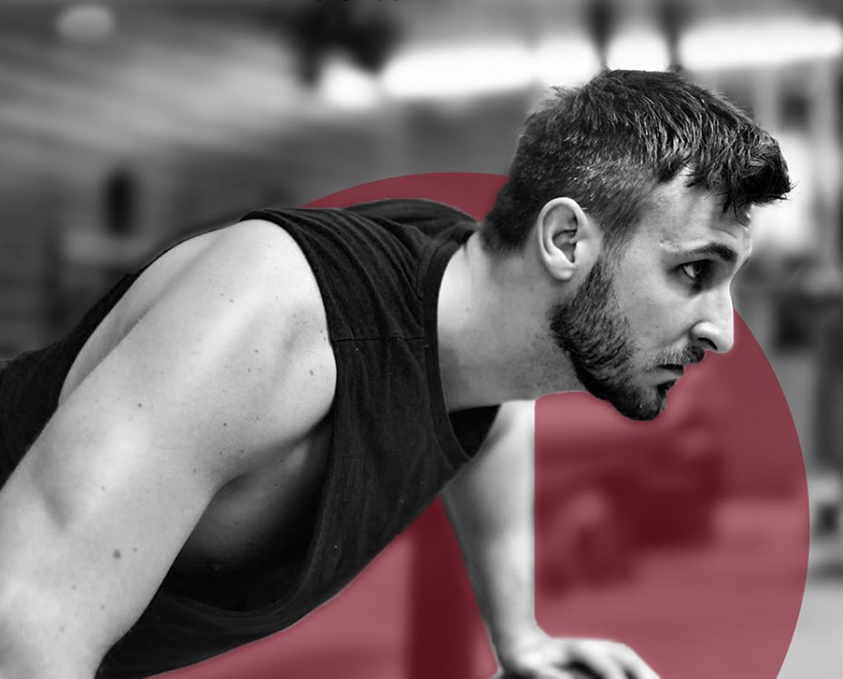Body composition is the amount of muscle, water, fat, bone, and other components such as tissue throughout the body. This provides a clear image of a person’s health and health risks that is or might get associated with it. Unlike traditional measures such as Body Mass Index, body composition provides a detailed view. Measures such as visceral fat, lean muscle mass, lean tissue and many more can not be measured using only BMI.
For example, having a high volume of visceral fat will lead to diseases like high blood pressure, heart disease, metabolic syndrome, fatty liver diseases, breathing difficulties, osteoarthritis, kidney disease, pregnancy problems, fertility problems. Psychological problems such as low self-esteem, long-term stress and depression may also occur.
Let’s now discuss what constitutes an individual’s body composition. Components like Fat Mass, Lean Body Mass, Muscle Mass, Bone Density, Water content, Organ Mass, Connective Tissue, and Skin.
- Fat Mass: Fat mass is a combination of different types of fats such as white fat, brown fat, essential fat, subcutaneous fat, and visceral fat.
- Lean Body Mass: Lean Body Mass is the mass of all the organs which does not include fat.
- Muscle Mass: Muscle Mass is the total amount of muscle an individual has in their body. It can be Skeletal muscle, smooth muscle, or cardiac muscle.
- Bone Density: Bone density as the name suggests is the density of an individual’s bones. Bones consist of calcium and minerals which are measured while testing for bone density.
- Water Content: Water content is the amount of water present in an individual’s body.
- Organ Mass: This total mass of all the organs in an individual’s body. Organ mass is vital for the overall health of a person.
- Tissue and Skin: A group of cells that perform similar functions or are structurally similar forms a tissue. Moreover, skin is an elastic and waterproof layer which forms the outer surface of our body. The waterproof layer is called epidermis which has a color tone to it which we see as a person’s skin color.

There are different types of methods available for analyzing body composition such as BIA. A very fair question arises, what is BIA? Bioelectrical Impedance Analysis (BIA) is a technique that uses electric current. A small amount of alternating current is passed through your body which flows through muscle and fat. The human body creates a resistance which helps in getting accurate reading of body composition.
Now the real question arises how body composition affects the health and fitness of an individual? An individual in-person who looks fit and charming might look healthy and an individual who is fat might give an impression of having an unhealthy lifestyle. That’s not true sometimes. A person who has a slim body figure might have high amounts of visceral fat, low muscle mass and a person having a fat or chubby body figure might have low visceral fat with high muscle mass. It happens because of their lifestyle. How their food habits are, whether they do exercise or not.
Having a bad body composition has many implications on the human body. An individual will face various health problems such as obesity and overweight problems, diabetes, breathing problems, heart disease, Osteoarthritis, fatty liver, and many others. For women, there is a problem with their fertility if they don’t have a good body composition. Hence, having a good body composition is necessary for the human body as it helps in maintaining and improving a person’s mental & metabolic health, helps in proper functioning of organs, and reduces risk of any kind of chronic diseases. Furthermore, it helps in boosting confidence and self-esteem.
Similarly for fitness, body composition plays a vital role in physical performance and athletics. If an athlete or a fitness person is not fit and doesn’t have good body composition, it will affect their performance. Some factors which contribute to optimizing an individual’s performance are listed below:
- Muscle mass
- Body fat percentage
- Bone density
- Weight distribution throughout the body
- Hydration level
- Nutrient content

Having a good body composition is vital for an athlete and a fitness personnel. Good body composition helps increase stamina, agility, strength, power, endurance, reduce risk of chronic disease, and many more benefits are associated with it.
You might be wondering what activities to do to achieve good body composition. Let me give you the answer. To achieve a good body composition, he/she should focus on diet, do regular exercise focusing on cardiovascular exercise, calorie control exercise, strength exercises, and 7-9 hours of sleep every night to support muscle repair.
Body composition keeps on changing from childhood till senescence. It is observed that during our childhood changes in body composition are rapid. Infants, for instance, have a high fat percentage relative to their lean mass. Fat stores energy which helps in an infant’s growth and development. Adolescence on the other hand is a period in which an individual’s goes under hormonal and body changes along with increase in their lean muscle mass, increase in muscle, and developing a higher bone density.
Adulthood is the next phase of life where muscle mass and bone density are at the peak, and it gradually decrease at the stage where a person enters old age. At old age, a person is associated with gradual changes in their body composition. Decrease in muscle mass is one of the factors. Other factors include depletion of energy, bone density and in some cases fat increases due to lack of physical activity. This loss in muscle mass is called Sarcopenia which is a common problem in old age.
Hence, having a good composition is very important for an individual’s overall health and wellbeing as it helps in maintaining physical and mental health. It also reduces the risk of having chronic diseases, a person stays fit and healthy, improves quality of life, and provides a sense of confidence & self-esteem. So, it is advised by doctors and fitness experts to practice a healthy lifestyle.

Leave a Reply